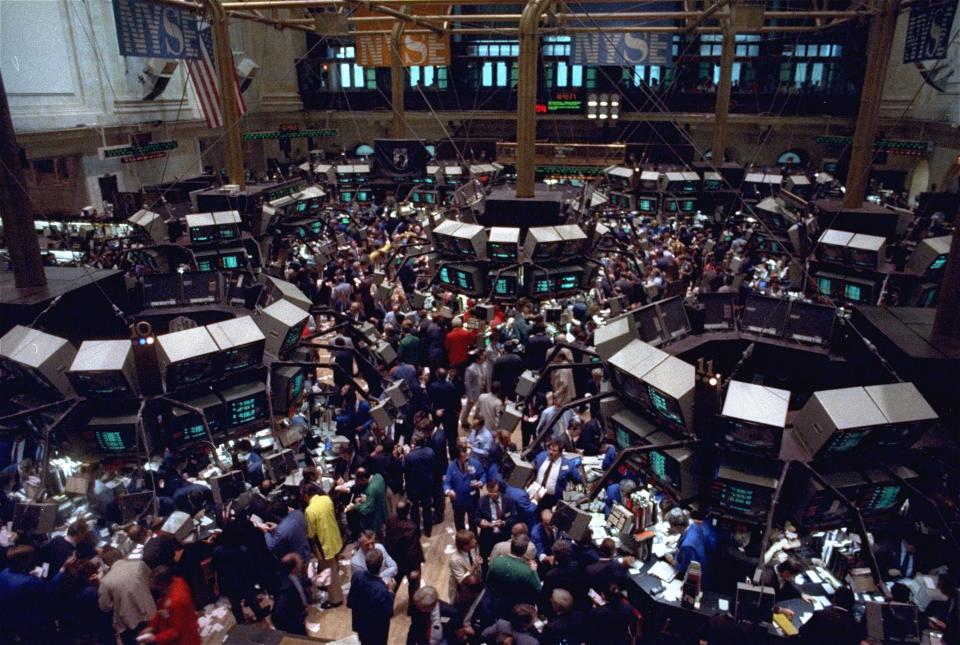Here's what connects the Crash of 1987 with the Crash of 2020
I remember the Crash of 1987. I was a 27-year-old reporter at Fortune Magazine at the time, and thirty-three years later that day still sticks with me.
Of course the reason I bring this up is because today, Thursday March 12, 2020, we just suffered through the biggest stock market decline since that crash, October 19,1987. The latter now immortalized as Black Monday, with the Dow (^DJI) declining 509 points or 22.6%
Today the Dow fell 2352.6 points or 9.99%. It doesn’t have a name yet, (Nasty Thursday?) and maybe never will, but it already lives in infamy.
Black Monday was different from today in all kinds of ways. For one thing there was no Internet, so there was less information sloshing around and it traveled slower. Still, we could watch the market action minute-by-minute on tickers, Quotron machines and the Financial News Network.
At the end of the day, I remember older writers walking out of their offices in a daze. I was stunned too. I felt like someone had hit my head with a board. You could almost see the smoke drifting through the halls of the old Time Life Building on Sixth Avenue in Manhattan.
Hey, you think today is bad. Black Monday was TWICE as bad!
After work I had a number of beers at a Wall Street bar with my friend George who worked on the options desk at Drexel Burnham Lambert.
“It was program trading dude,” he told me. “Huh? Never heard of it.”

And he explained to me how a bunch of “computer guys” at Drexel (and other places) would buy a basket of 500 stocks that matched the S&P 500 (^GSPC) and then pair trades between the basket and the index.
“And the whole thing went way the hell out of whack,” he told me.
Later it was confirmed that program trading, among some other factors, was in fact a culprit. And because of early computer trading, and the carnage created by Black Monday and its aftermath, the NYSE instituted circuit breakers.
Which brings us back to today, because those same circuit breakers have only been employed twice since then. On Monday of this week. And today, Nasty Thursday.
-
Follow Yahoo Finance on Twitter, Facebook, Instagram, Flipboard, LinkedIn, and reddit.
Find live stock market quotes and the latest business and finance news
For tutorials and information on investing and trading stocks, check out Cashay

 Yahoo Finance
Yahoo Finance 
